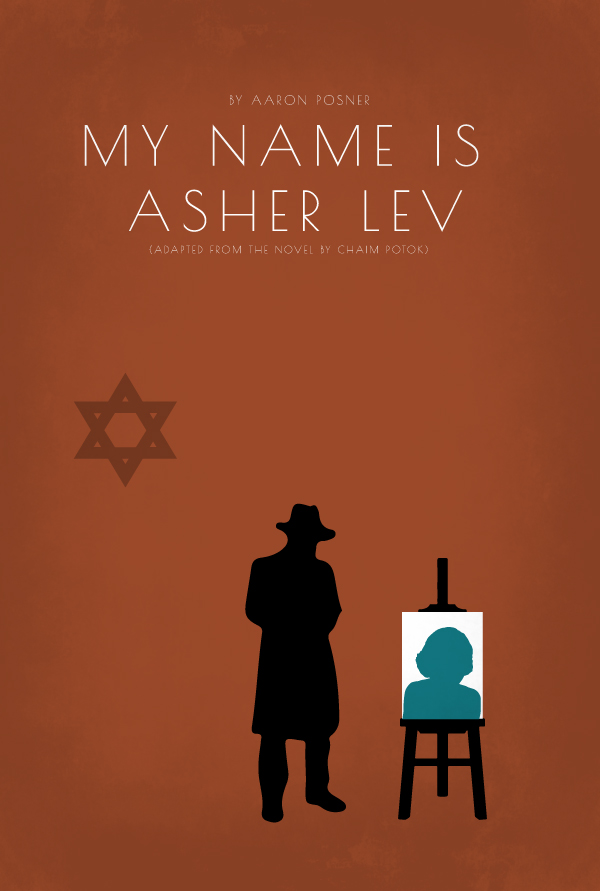

I looked at my father and saw lines and planes I had never seen before. As a young man, heīegan to realize that something was happening to my eyes.

Inside, however, the artist predominates, and, as is typical in American fiction, self identity trumps group identity, as it should. But it’s done well here, and one feels Asher’s agony as he attempts to tread the artist’s path and the Hasidim’s. The duality inherent in mixed loyalties is hardly a new topic the most obvious example I know of is Herman Hesse’s Narcissus and Goldmund.

Think of his sect like the Verbovers of Michael Chabon’s The Yiddish Policemen’s Union. My Name is Asher Lev concerns a boy divided between the drive for art that possesses him and the Hasidic religion into which he is born, which is somewhat like the Jewish equivalent of fundamentalist Christians. Read Chaim Potok’s strange yet compelling My Name Is Asher Lev and skip its deracinated sequel, The Gift of Asher Lev.


 0 kommentar(er)
0 kommentar(er)
